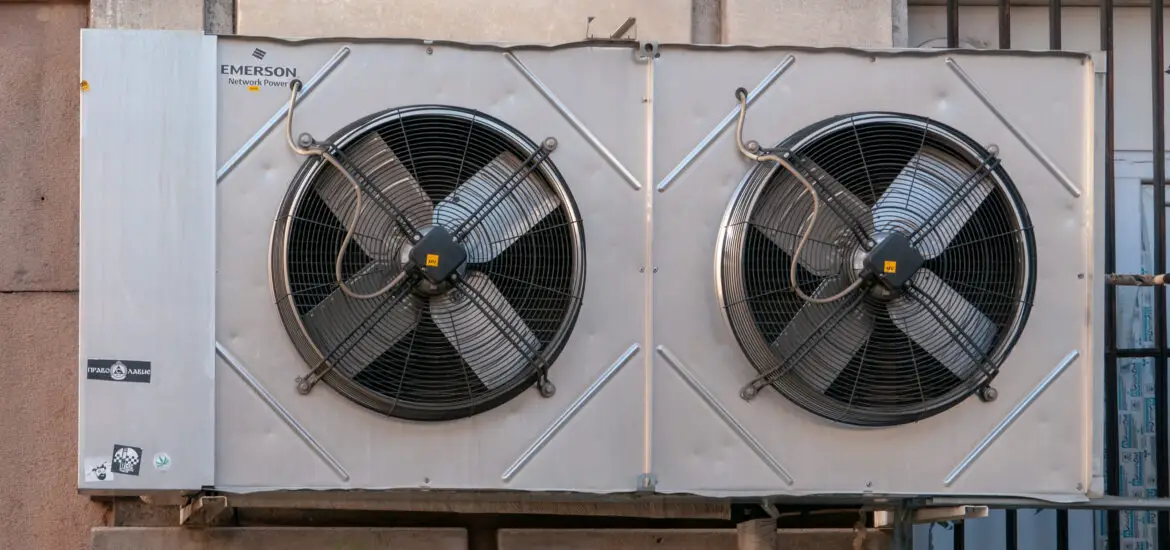Understanding how to lower superheat is central to maintaining and optimizing the performance of your HVAC system. This process, crucial for the health of your system, can seem daunting. However, this step-by-step guide is here to walk you through each stage with detailed instructions.

Table of Contents
Preparatory Steps
Like with any technical task, the first step is to prepare adequately. Ensure to gather all the tools and safety equipment listed below before you begin:
Thermometer: To measure the temperature accurately.
Pressure gauge: Necessary for noting down the exact pressure at different points in the system.
The Amazon-listed OMT AC Gauges, AC Manifold Gauge Set is a perfect pressure gauge for this task.
Screwdriver: Will be used in adjusting valves and other components.
You can use this SUNHZMCKP 8 in 1 Screwdriver from Amazon.
Protective gloves and eyewear: To protect you from potential hazards during the process.
Now that you are well-prepared, we can move on to the detailed steps involved in lowering superheat.
Step-by-Step Guide on How to Lower Superheat
In this section, we will delve deep into the nuanced steps that entail the process of lowering superheat. Each phase is pivotal and requires a careful approach. Let’s journey through this step-by-step guide to ensure the optimum functionality of your HVAC system.
Step 1: Analyze the Current Condition
Before you can begin to lower superheat, you first need to understand the existing conditions of your HVAC system. Start by turning off the system to ensure safety during the inspection.
Once it’s safe, use the thermometer to take temperature readings at different points of the HVAC system, focusing on the outlet of the evaporator coil.
Similarly, utilize the pressure gauge to measure the pressure at various critical points. Note down all the readings meticulously, as this data will be the foundation upon which you will base all your subsequent actions.
Make sure to take readings at consistent intervals to understand the fluctuation and average data points.
Step 2: Adjust the Thermostatic Expansion Valve (TXV)
The TXV is a critical component in the HVAC system that modulates the amount of refrigerant flowing into the evaporator. Adjusting this valve can help in achieving the desired superheat level.
Using a screwdriver, slowly turn the adjustment stem of the TXV. It’s recommended to make small incremental adjustments while monitoring the changes in superheat levels.
The adjustments should be made slowly, allowing sufficient time (typically 15-30 minutes) after each adjustment for the system to stabilize and to accurately gauge the impact of the change.
Your patience and meticulous approach here will ensure the precise setting of the TXV for optimum superheat levels.
Step 3: Evaluate Refrigerant Charge
Having a correct refrigerant charge is essential in maintaining the desired superheat level.
To check the refrigerant level, you would typically refer to the sight glass on the unit, which should give a clear indication of the refrigerant level.
If the refrigerant charge is found to be lacking or excessive, you will need to add or remove refrigerant to reach the correct charge level.
Remember that the refrigerant should be handled carefully, following all safety guidelines, as it can be hazardous. It’s always recommended to consult the HVAC system’s manual to understand the exact refrigerant charge needed for your specific unit.
Step 4: Inspect and Clean the Evaporator Coils
The evaporator coils play a crucial role in the functioning of the HVAC system, being responsible for absorbing heat from the air. Over time, these coils can become dirty, leading to a decrease in efficiency and an increase in superheat.
To clean the coils, use a non-abrasive cleaner suitable for the material of the coils. Carefully apply the cleaner and gently scrub the coils to remove dirt and grime. Rinse the coils thoroughly after cleaning to remove any residue.
Ensuring the coils are clean will facilitate better heat absorption and aid in lowering the superheat.
Step 5: Test the System
After all the adjustments and cleaning are done, it is time to test the system to check if the desired superheat level has been achieved. Restart the HVAC system and allow it to run for a substantial period to stabilize.
Use the thermometer and pressure gauge to take readings at the previously noted points to understand if there has been a change in the superheat levels. Compare these readings with your initial data to assess the effectiveness of your adjustments.
This step might involve revisiting previous steps for fine-tuning the settings to get the superheat to the desired level.
Remember, achieving the optimum superheat level is a gradual process, and patience is key here.
Check out these other related articles…
TXV vs Expansion Valve: A Comprehensive Comparison
Adjusting Superheat on TXV: In 6 Simple Steps
Sporlan TXV Superheat Adjustment: Your Step-by-Step Guide
Danfoss TXV Superheat Adjustment: In 8 Easy Steps
TXV Adjustment: Your Step-by-Step Guide
What is Superheat in Refrigeration: Comprehensive 411 Guide
How to Increase Superheat: A Step-by-step Guide
Common Mistakes and How to Avoid Them
Learning how to lower superheat involves avoiding common pitfalls. Over-adjusting the TXV and not getting the refrigerant charge right are frequent mistakes.
Remember always to take precise readings and make adjustments gradually, keeping a detailed record to track your progress and avoid these mistakes.
